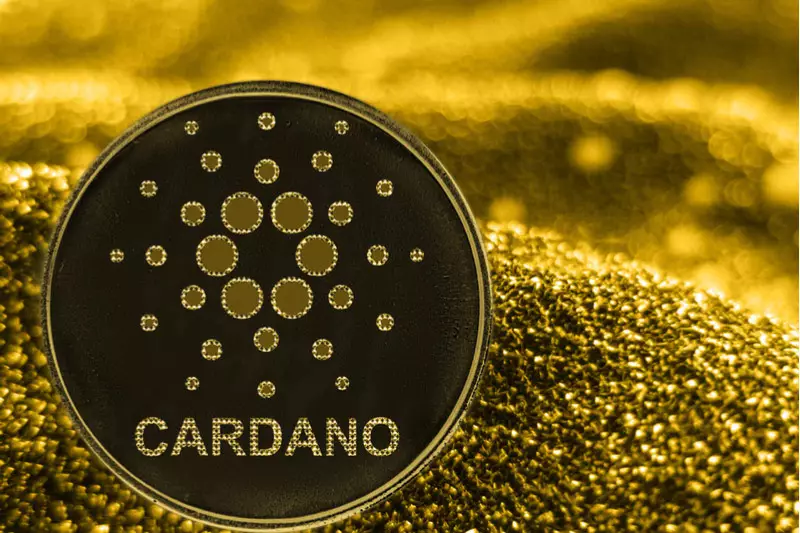Max Keiser, a prominent Bitcoin advocate, has sparked considerable discussion by predicting that Cardano (ADA) might plummet by an additional 90% in value relative to Bitcoin over the next six months. This forecast aligns with the general sentiment that Bitcoin is solidifying its position as the dominant cryptocurrency due to its robust infrastructure, resounding liquidity, and status as a decentralized store of value. Investors recognize Bitcoin’s capacity to act as a hedge against inflation, further boosting its appeal in turbulent economic landscapes. Consequently, for conservative investors looking for safety in the crypto market, Bitcoin often remains the asset of choice.
Bitcoin’s success can be attributed to its strong network effects and institutional backing, which lend it enduring legitimacy. This has allowed BTC to thrive amidst competitive pressures. Meanwhile, other cryptocurrencies—especially those competing in the realm of smart contracts, such as Cardano—face significant pressures not only from the market but also from the need to differentiate themselves technologically and philosophically.
Cardano: Promises and Pitfalls
Cardano offers an intriguing proposition with its focus on sustainability, scalability, and efficiency through its proof-of-stake consensus mechanism. The platform’s academic rigor sets it apart, aiming to surpass Ethereum in creating a more reliable environment for decentralized applications (dApps) and decentralized finance (DeFi). However, the optimistic vision that Cardano projects clashes starkly with the frustrations of many investors regarding its slow adoption and operational development.
The significant price unwind that ADA has experienced over the past year has led to heightened skepticism among investors, raising concerns about its competitiveness in a saturated marketplace. While some ADA proponents, such as Cardano Whale, attempt to inject humor into Keiser’s prediction—suggesting that low prices could present advantageous buying opportunities—the laughter is underpinned by nervousness regarding Cardano’s long-term viability.
The Reality Check for Cardano’s Future
While the lofty ambitions of Cardano have attracted enthusiasm, sustaining investor confidence necessitates concrete results. The crypto space remains unforgiving; without tangible applications and a thriving developer community, even the most compelling technical frameworks can falter under market pressures. Ultimately, the long-term success of Cardano will hinge not only on its ability to deliver on its groundwork but also on creating an ecosystem that resonates with a broader audience.
In this fiercely competitive arena, Caradon’s roadmap should ideally translate its theoretical positives into real-world utility that meets the evolving needs of users. If Cardano can effectively cultivate a diverse ecosystem that actively engages developers and investors alike, it may eventually counterbalance Keiser’s cautionary view. Until then, market forces remain uncertain, leaving both ADA proponents and skeptics watching closely as the future unfolds.

